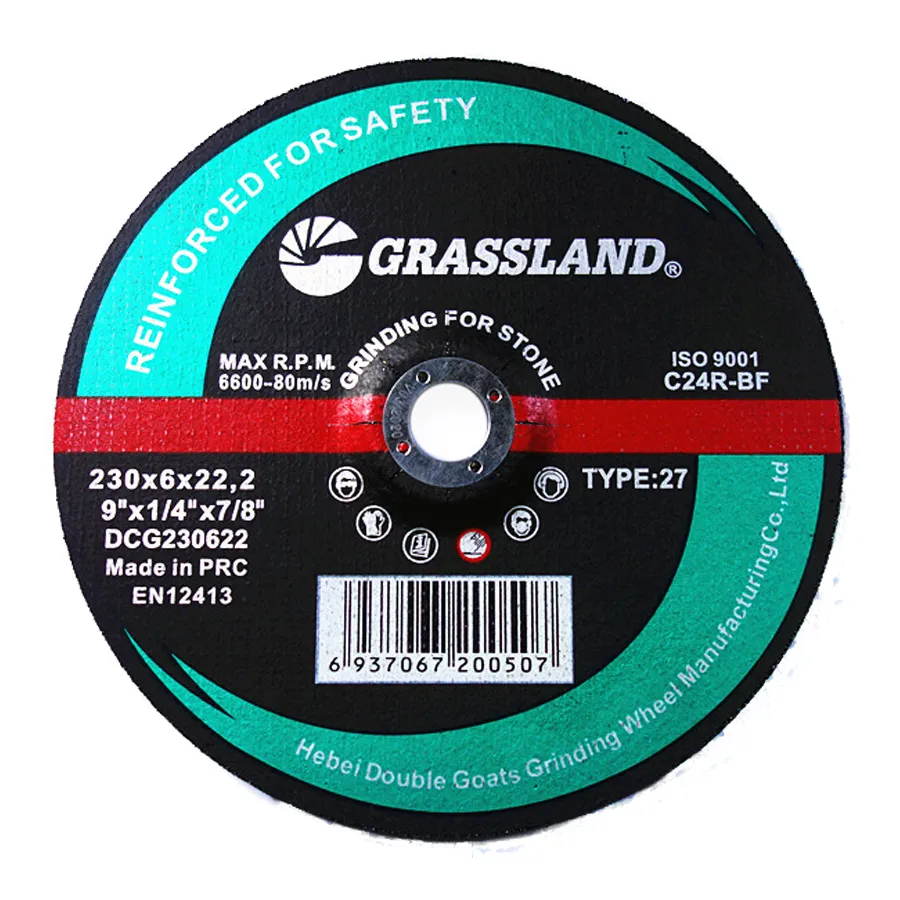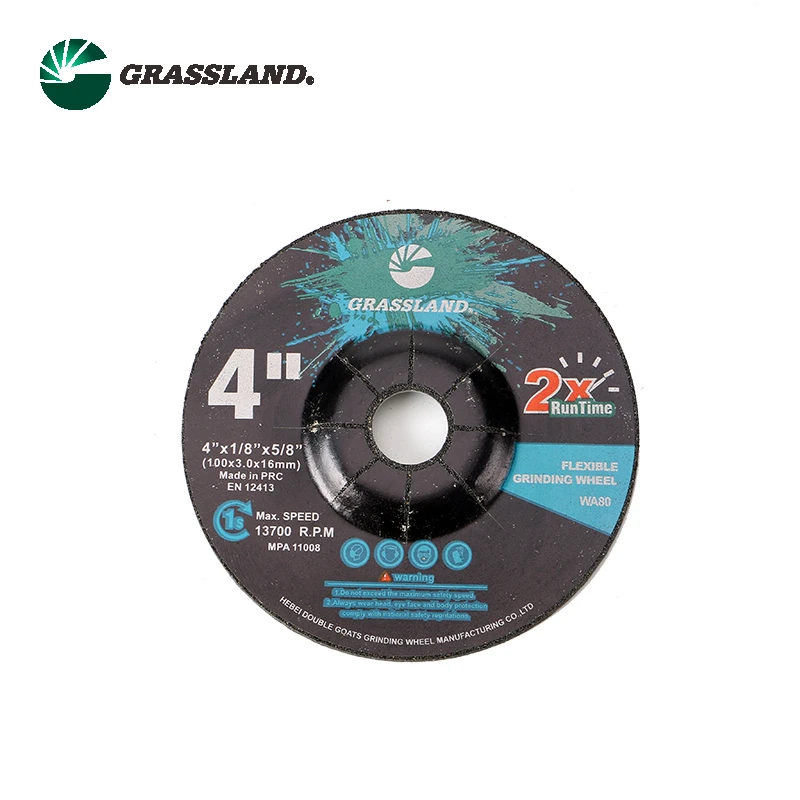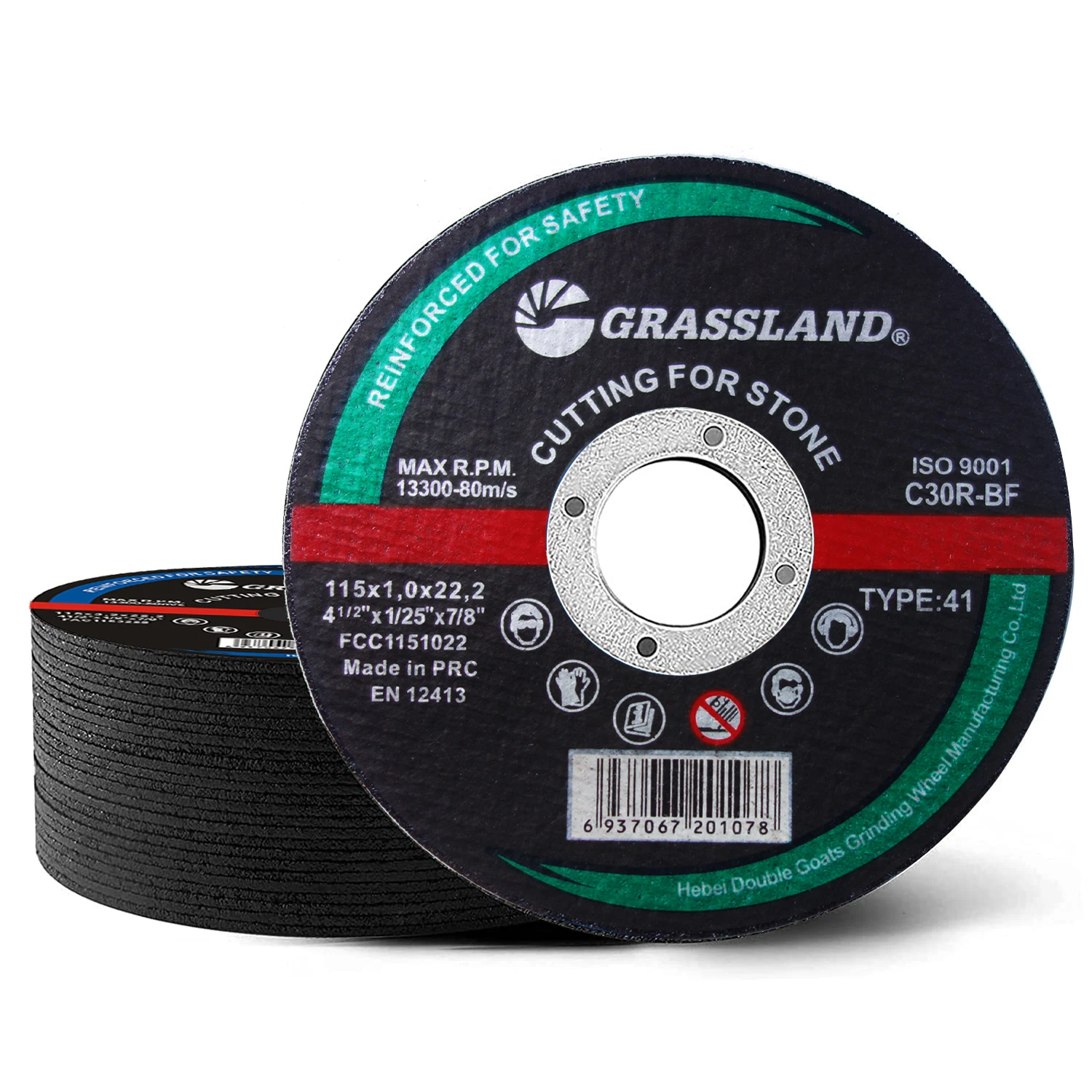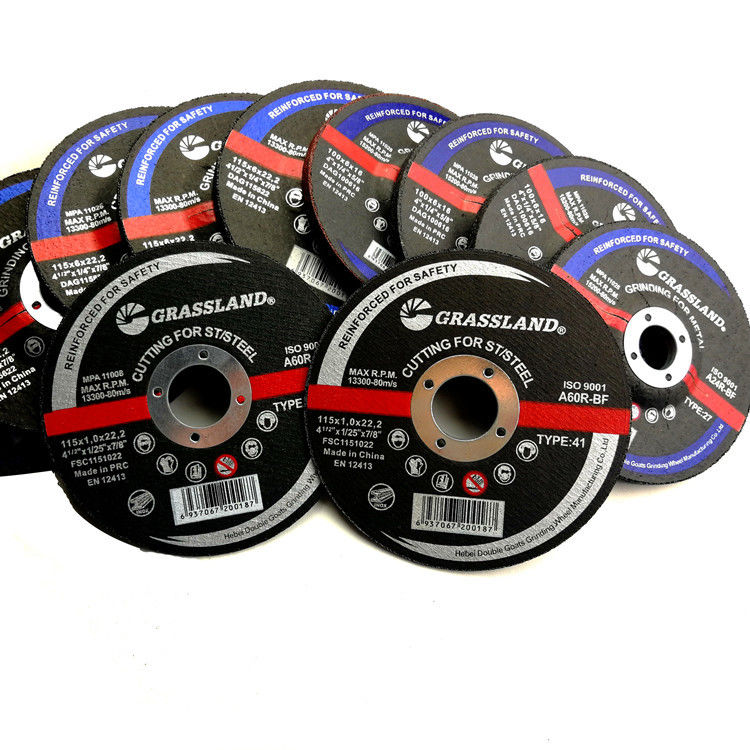Understanding Grinding Wheels for Stainless Steel Specifications and Selection
Grinding wheels are essential tools in metalworking industries, particularly for finishing stainless steel surfaces. Due to the unique properties of stainless steel, selecting the proper grinding wheel is crucial for achieving optimal results. In this article, we will delve into the specifications of grinding wheels designed for stainless steel and the factors to consider when choosing the right one.
The Composition of Grinding Wheels
Grinding wheels are composed of abrasive grains bonded together with a matrix. The abrasives vary in type, size, and bonding materials, which directly influence the performance of the wheel. For stainless steel, common abrasive materials include aluminum oxide and zirconia alumina, both of which are well-suited for cutting through hard materials.
Aluminum Oxide This is one of the most common abrasives used for general purpose grinding. It is durable, economical, and available in various forms—both open and closed structures—which can affect how it performs against materials like stainless steel.
Zirconia Alumina This abrasive is particularly beneficial for tougher grinding applications due to its self-sharpening properties. It is more aggressive than aluminum oxide, making it ideal for work on stainless steel, which can be more challenging to grind.
Understanding Wheel Specs
When selecting a grinding wheel for stainless steel, several specifications are crucial
1. Grit Size Grit size refers to the size of the abrasive particles in the wheel. The grit size affects the finish quality and the material removal rate. Finer grits (such as 120 and above) are ideal for finishing, while coarser grits (such as 24 or 36) are used for rapid material removal.
2. Bond Type The bond holds the abrasive grains together, and its type significantly affects the wheel's performance and lifespan. Common bond types include vitrified, resinoid, and rubber bonds. For stainless steel grinding, resin-bonded wheels are popular because they provide good flexibility and durability.
3. Wheel Hardness This indicates how well the bond resists wear. Softer wheels tend to wear away more quickly, making them suitable for harder materials like stainless steel, as they allow for faster cutting and efficient material removal.
grinding wheel for stainless steel specification

4. Wheel Diameter and Thickness The diameter and thickness of the wheel will influence the grinding speed and the depth of cut. Thicker wheels may provide more stability and longer life, while thinner wheels can help with precision cutting in tight spaces.
5. Operating Speed Each wheel specification includes a maximum RPM (revolutions per minute). Ensure that the chosen grinding wheel matches the capabilities of your grinder to prevent accidents and achieve the best performance.
Advantages of Choosing the Right Grinding Wheel
Selecting the appropriate grinding wheel for stainless steel can lead to several advantages
- Efficiency The right wheel can significantly reduce grinding time by enabling quick material removal rates. This efficiency is particularly beneficial in industrial applications where time is money.
- Surface Finish A suitable wheel can enhance the surface finish of stainless steel, resulting in a smoother and more polished end product, which is particularly important in industries such as food processing and pharmaceuticals.
- Tool Life Using the correct grinding wheel can extend the life of the tool, minimizing replacement costs and downtime.
- Safety A well-chosen grinding wheel will also enhance safety by reducing the risk of wheel failure, as they are engineered to withstand the particular stresses associated with specific operations.
Conclusion
When it comes to grinding stainless steel, understanding the specifications and selecting the right grinding wheel is imperative. Factors such as grit size, bond type, wheel hardness, and operating speed all play critical roles. By making informed choices, manufacturers can enhance productivity, improve surface quality, and ensure safety in their operations. Whether in metal fabrication, automotive, or general machining, the right grinding wheel can make all the difference in achieving superior results with stainless steel. As the industry continues to evolve, advancements in grinding wheel technology will further enhance the grinding process, allowing for more efficient and precise machining solutions.
Post time:Nov - 22 - 2024

















